Installing a fence can be a smart decision if you are concerned about the safety, privacy, and aesthetics of your property. However, before beginning the fence installation process, it is crucial to plan the fence layout and have a clear understanding of the financial aspect.
Homeowners often worry about the costs of fence installation. However, multiple factors influence your fence installation expenses. Factors like the type of fence and materials used, labor costs, and location play a pivotal role in deciding the cost of a fence setup.
In this comprehensive article, we will delve into more such factors that influence fence installation costs and also provide you with insights on the easiest fence to install yourself.
So read till the end and secure your homes and properties without harming your pockets!
Factors Affecting Fence Installation Costs
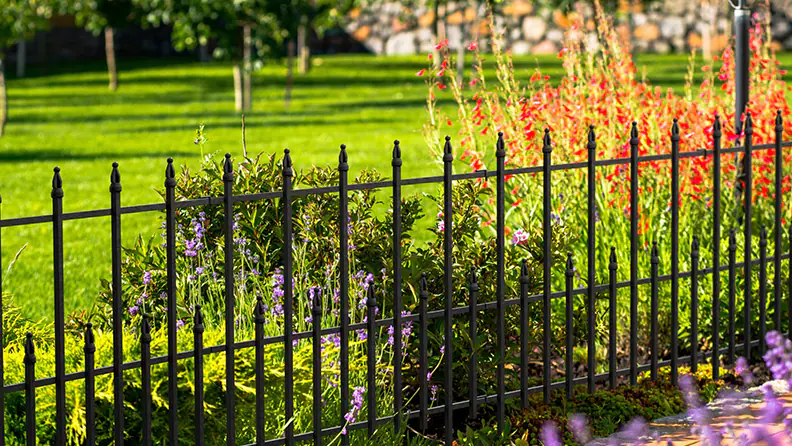
Fence installation is a valuable investment for enhancing your property’s safety and security. However, its cost depends on several key factors that differ individually. You can find a detailed list of factors affecting fence installation costs below:
1. Type of Fence
The market is full of a wide variety of fences. The fence material, such as wood, vinyl, chain-link, or metal, greatly influences the cost. Wood fences are the most economical option among all of the above and cost around $5 to $20 per linear foot.
2. Fence Size
The height, length, and width of the fence are directly proportional to the cost. In simpler terms, higher dimensions of the fence result in more expenses.
3. Materials and Quality
Each fence type comes in different qualities. For instance, installing a bamboo fence would be more expensive than a cedar fence due to the difference in material quality. You should decide on the material and quality of the fence depending on your budgetary and area requirements.
4. Labor Costs
Labor expenses depend upon the complexity of installation, location, and contractor rates. The average pay of a fencing contractor is around $40 per hour and could go as high as $70 per hour!
5. Geographical Location
The cost of living, local building codes and regulations, and availability of materials differ by region, impacting the installation costs. Additionally, any additional features that you customize on your fence can also add to the overall cost.
Fence Installation: Budgeting and Cost-Saving Tips
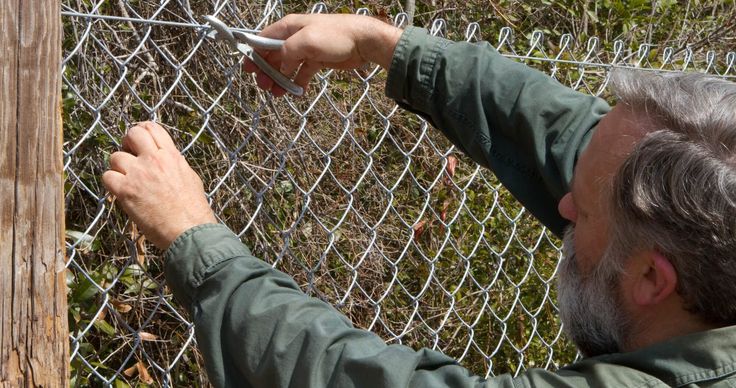
Budgeting and cost-saving tips are crucial when planning a fence installation project to ensure you get the most value for your money. Here are some expert tips to save money while installing a fence:
1. Set a Realistic Budget
Before you begin, establish a clear and realistic budget. Consider all the potential costs, including materials, labor, permits, and additional features. Having a planned budget will help you avoid overspending and make informed decisions. The average cost of installing a fence is around $3,300, considering all the factors involved.
2. Get Multiple Quotes
Seek quotes from several fence installation professionals and contractors. Compare their services and prices and go for the option that matches the best with your requirements. Also, try to negotiate with the contractors to receive a better offer.
3. Do It Yourself
Depending on your skills and the complexity of the project, consider doing it yourself. It will cost you less than hiring professional contractors.
4. Choose Low-Maintenance Materials
Opt for long-lasting and low-maintenance fence types and materials so that you don’t have to spend later on maintenance costs and repairs. Chain link fences can last for 15 to 20 years with minimal maintenance.
5. Regular Maintenance
After installation, invest in regular fence maintenance to prolong its life. Simple considerations like regular cleaning, sealing, or staining can prevent costly repairs or premature replacements.
6. Buy Own Materials
If you wish to save money on fence installation, then buy your raw materials. You can buy fences, fittings, railings, and other necessary materials from any offline or online store of your choice to save money. Buying it from a third party or contractor will be more expensive.
Recommended Picks for Fences
Now that you know how to install a fence without poking holes in your pockets, here are some expert-recommended fences to make your task easier! These recommended fence picks will help you save money while creating a safety nest for your home and properties.
1. Cedar Wood Fence
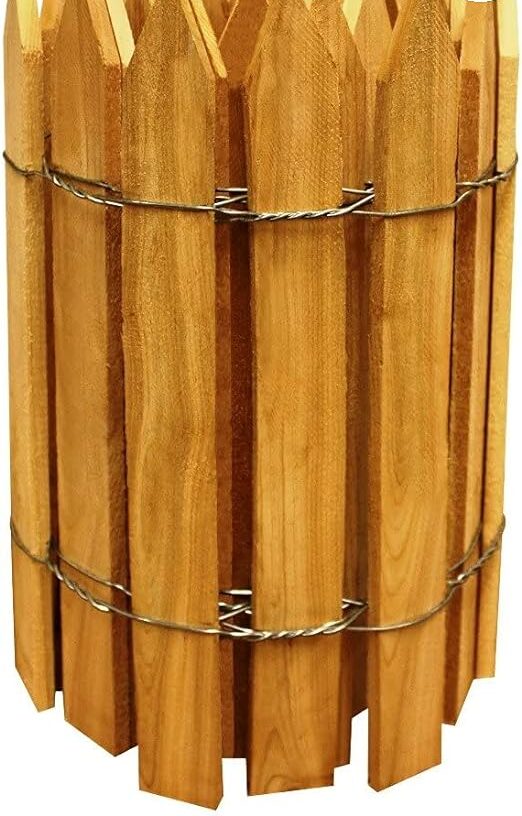
This fence is sustainably sourced and made from original cedar wood. It has a total length of 16 feet and can be installed in both curvy or straight lines, depending on your requirements. It will be a perfect protector of your garden and plants.
2. Metal Fence
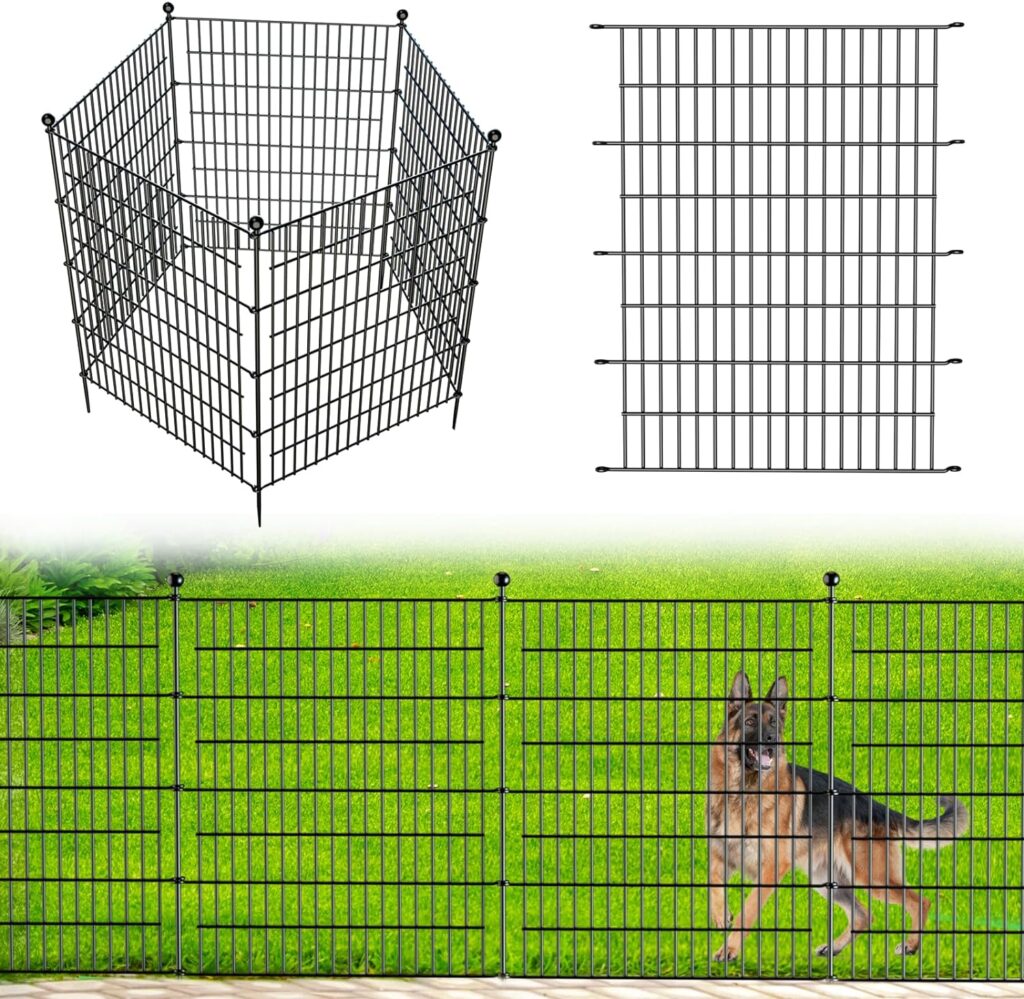
This fence is a perfect pick for homes with pets and gardens. It is made of galvanized alloy steel that resists corrosion and rust. It has a total length of 24 inches and 41 inches in height.
Conclusion
Understanding the costs associated with fence installation is necessary for a successful and budget-conscious project. There are various variables like type of material, labor expenses, location-specific factors, and more that contribute to the cost of a fence installation.
The insights and tips provided in this article will help you make a smart decision and find the best fence as per your requirements. Whether you are looking for the elegance of a wooden fence, the durability of vinyl, or the practicality of the chain-link option, you must compare the cost with your financial expectations and fence requirements.
By setting a realistic budget, obtaining multiple quotes, and using our cost-saving strategies, you can strike the perfect balance between quality and affordability!

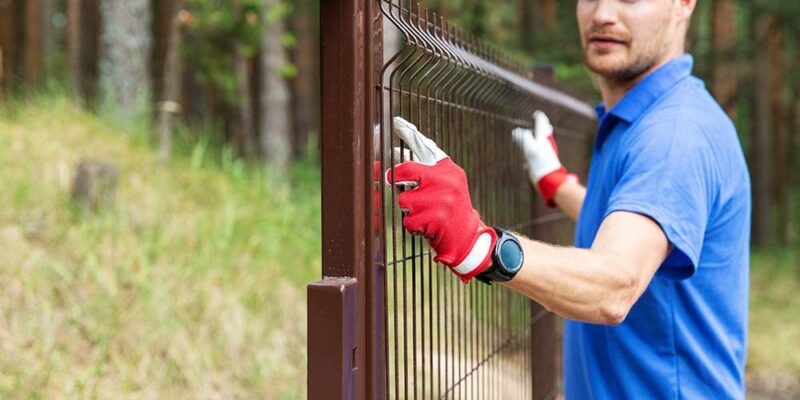
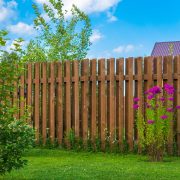

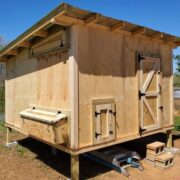
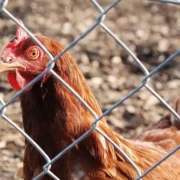
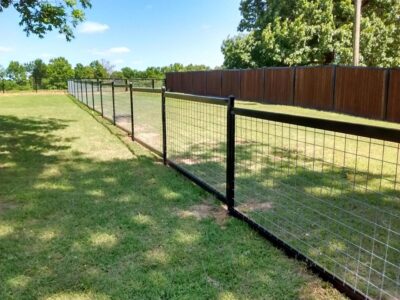
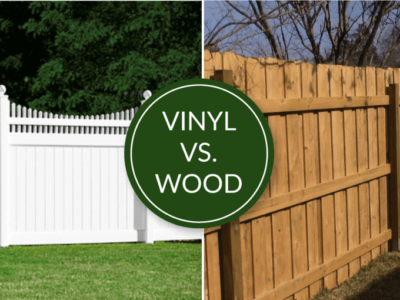
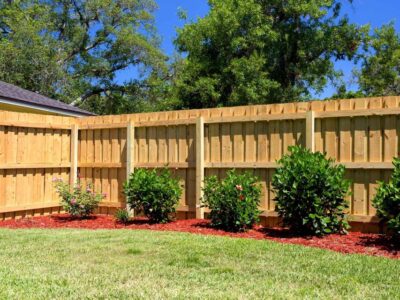
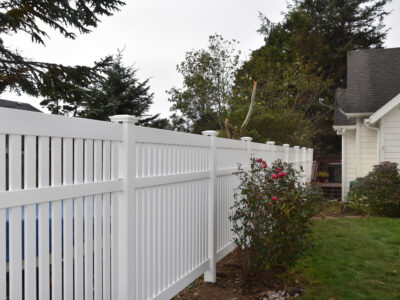


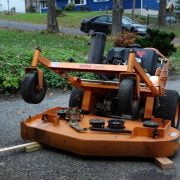
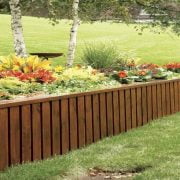
Comments